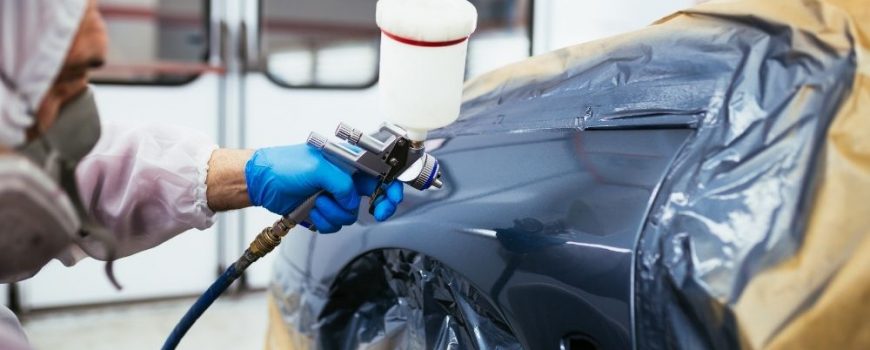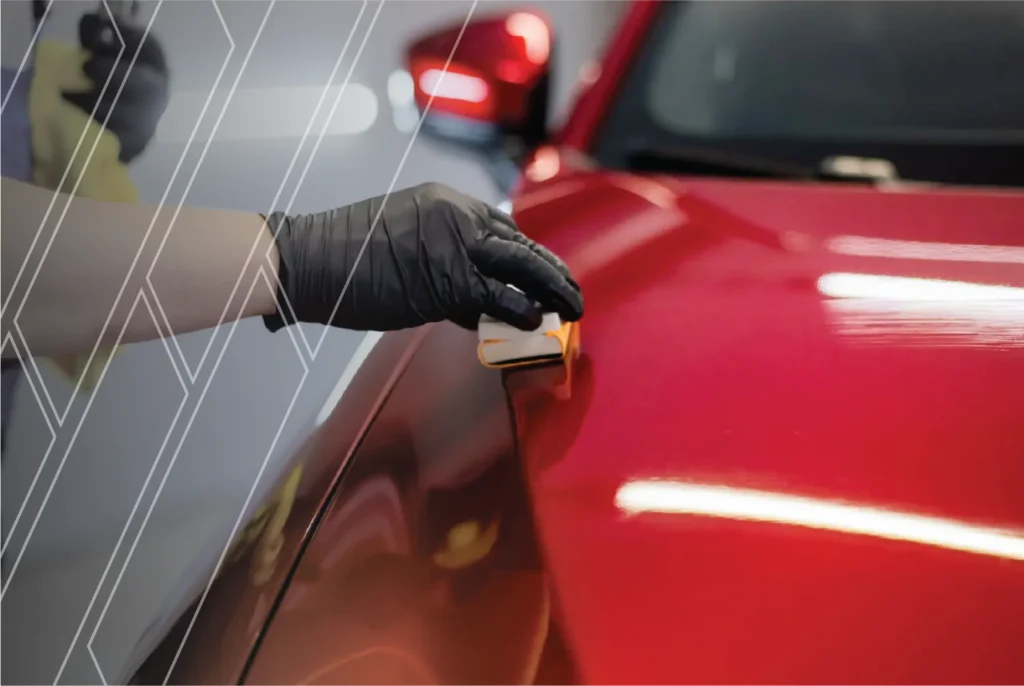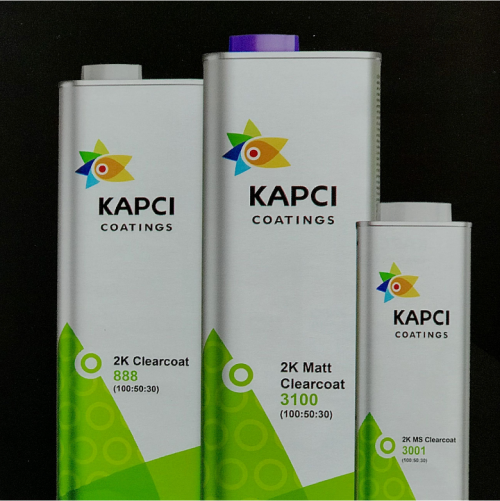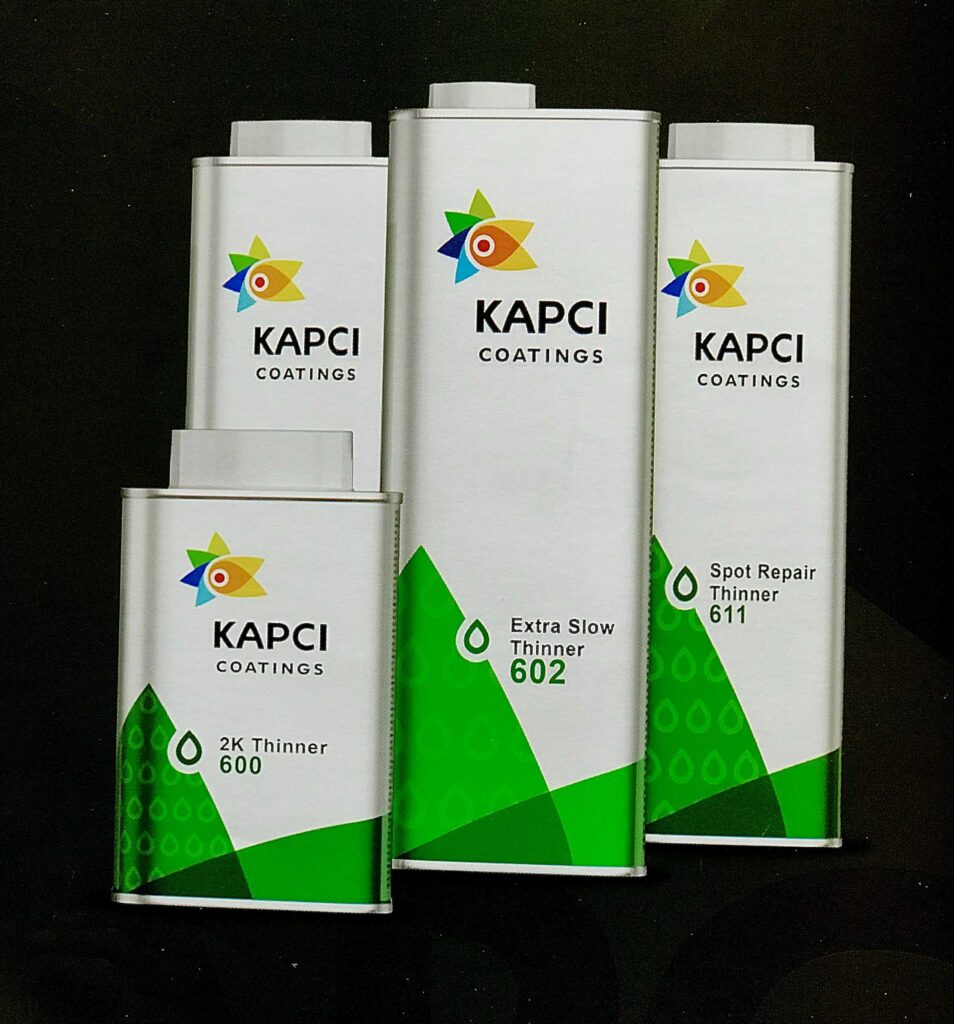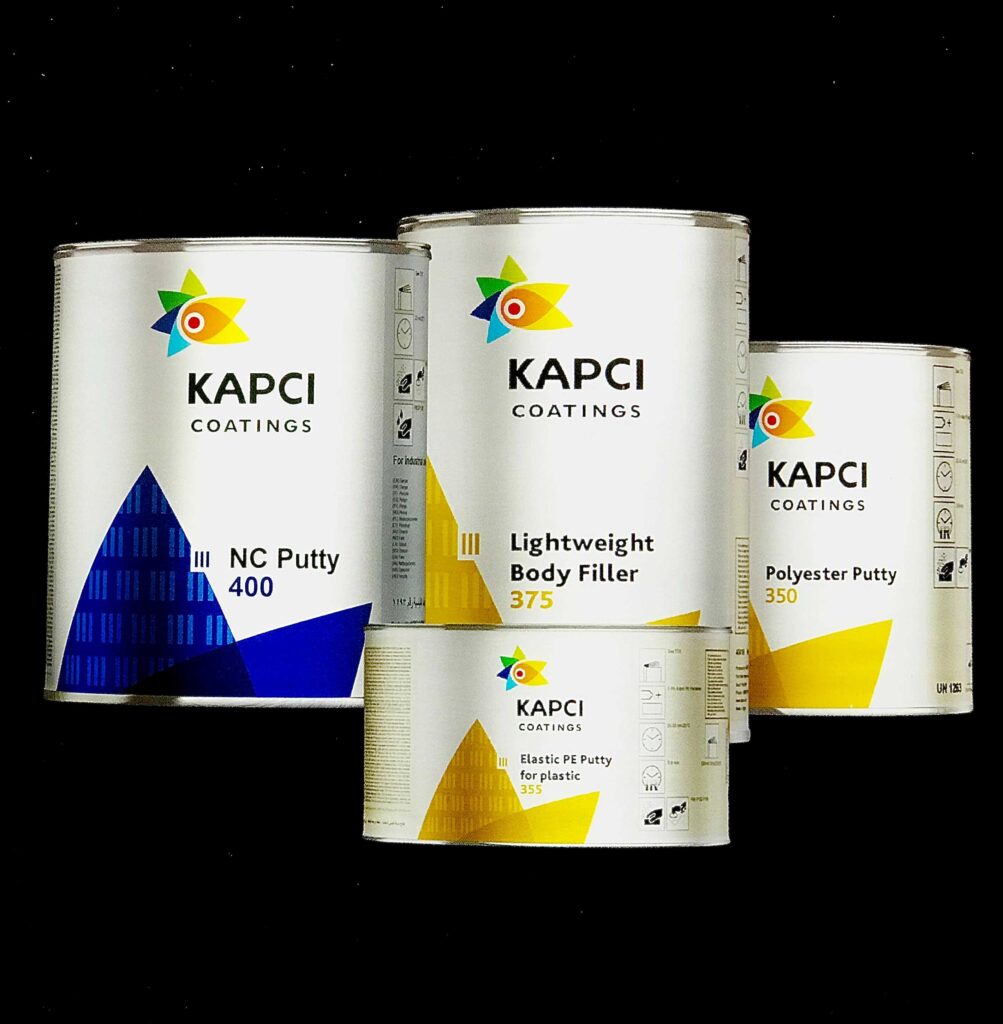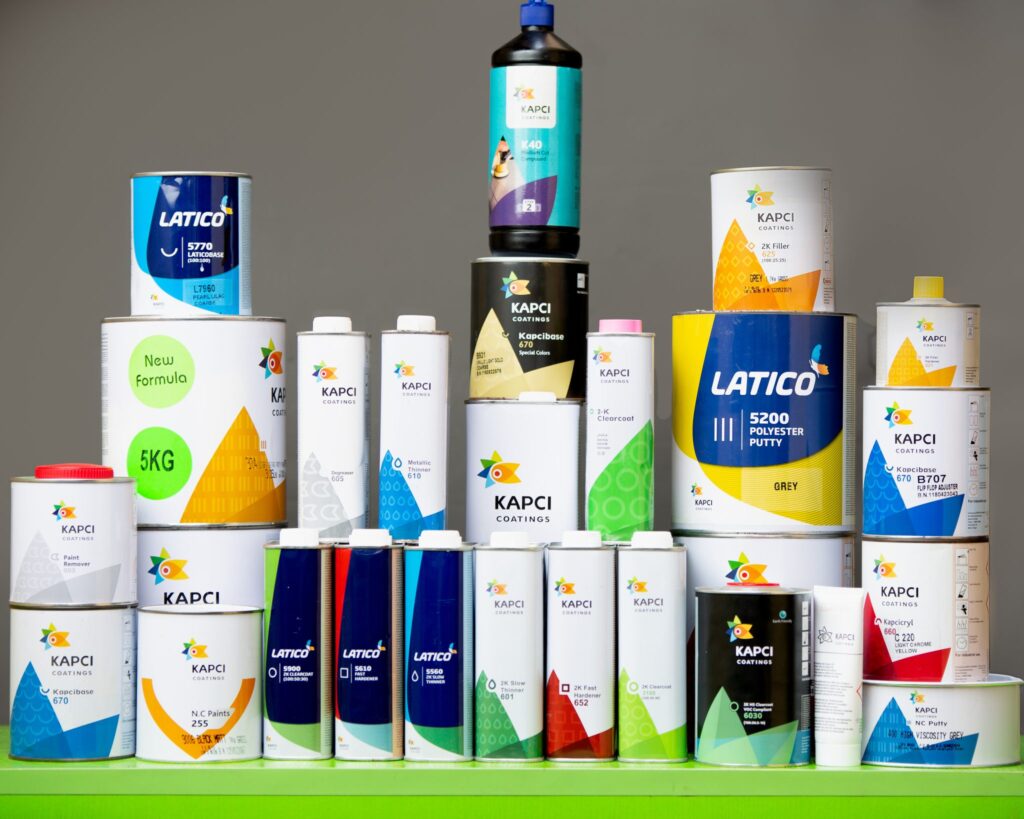It is quite clear that about 70% of car paints that peel or fade within a few months of repainting are a result of low-quality materials, inadequate surface preparation, and wrong application. There are many study that backs up this claim.
What I am trying to say is that issues like peeling, fading, rust formation, bubbling, and many others occur when you, as a painter, skip some essential steps before applying the paint, one of which is proper surface preparation. At least, you should know that before you cultivate a farmland, you have to clear the bush first.
Well, in this article, you will learn the best practices for surface preparation before applying KAPCI paints. We will also explore the common mistakes to avoid during surface preparation as well as where you can get original KAPCI products that ensure your work is topnotch.
Without any further ado, let’s dive in properly!
Why Surface Preparation is Important in Automotive Painting
If you still don’t understand why you should prepare the surface of the vehicle you want to repaint before the application, here are some reasons. Skipping or rushing the preparation leads to:
· Poor adhesion, with paint peeling within months.
· Rust, which weakens the body structure of the vehicle.
· Uneven textures that result in a poor finish.
· Reduced durability of the paint, hence another repainting and higher costs.
Proper preparation ensures your KAPCI paint adheres well, lasts longer, and remains perfect over time.
Step-by-Step Guide to Preparing a Vehicle for KAPCI Paint Application
Here are the procedures you can take to prepare a vehicle’s surface for the application of KAPCI paint. Read carefully.
1. Cleaning and Degreasing the Surface
The surface must be clean for proper paint adhesion. Dirt, road contaminants, and grease interfere with bonding, thus leading to peeling and irregular application.
How to do it:
· Use an automotive degreaser on the surface to remove oil and grease.
· Wash the entire vehicle with a car wash and water, and rinse thoroughly.
· Dry with microfiber towels or air dry to prevent water spots.
It is advisable not to use domestic dish soap, which will leave behind residues that affect adhesion.
2. Sanding and Removing Old Paint
Old paint, rust, and surface imperfections must be removed or smoothed out before the application of the new paint.
How to do it:
· Using 120 – 320 grit sandpaper, sand the existing paint to remove the top layers.
· Make use of an orbital sander or sanding block in places where there are deep scratches or rust spots.
· Dull all glossy surfaces to create a good bond for the new paint.
Chemical paint strippers can be used on large areas with peeling paint, but they need adequate ventilation.
3. KAPCI Fillers for Filling Dents and Scratches
Dents and deep scratches will ruin the finished paint job if not correctly repaired. KAPCI automotive fillers create a smooth, even surface for painting.
How to do it:
· Apply KAPCI body filler to damaged areas with a plastic spreader.
· Allow the filler to cure according to the manufacturer’s instructions.
· Use a 400-grit sandpaper to sand the filler until the surface is completely smooth.
Neglecting proper dent filling will result in imperfections showing through the final coat of paint.
4. Applying KAPCI Primers for Better Paint Adhesion
Priming is a very critical step that enhances paint adhesion and stops rust. KAPCI primers offer a smooth surface for the topcoat.
How to do it:
· Choose the right KAPCI primer for your work:
KAPCI 605 Primer – This one is ideal for old or damaged surfaces.
KAPCI 660 Epoxy Primer – This provides corrosion resistance.
· Apply a thin, even layer of primer and allow it to dry properly according to the drying time.
· Lightly sand the primer with 600-grit sandpaper to provide a smooth painting surface.
Skipping the primer process will result in uneven paint absorption and a not-so-good paint finish.
5. Masking Off Areas That Shouldn’t Be Painted
Masking prevents overspray. Areas like windows, lights, and trims should be properly covered.
How to do it:
· Use automotive-grade masking tape and plastic covers on non-painted surfaces.
· Cross-check tape placement to avert paint seepage.
Use of poor-quality masking tape may result in adhesive residue, which affects the paint finish.
Common Mistakes to Avoid When Preparing Car Surfaces
Even experienced professionals make mistakes that alter the way the final paint job should look. Here are some of the common mistakes you should avoid.
· Skipping degreasing – This leaves oil residue, which causes the paint to lift.
· Sanding incorrectly – This causes visible scratches under the paint.
· Excessive application of primer – It leads to an unnecessarily thick base that weakens the top coat.
· Not adhering to correct drying times – You don’t need to rush the process, as it can cause bubbling and uneven finishes.
Avoid these mistakes and your KAPCI paintwork will have a flawless, high-quality finish.
Where to Buy Original KAPCI Paints and Preparation Materials in Nigeria
With a lot of fake products (automobile paints) in the market, there is every need to show you where you can purchase genuine KAPCI paints to ensure quality. Fidel Associates Limited is Nigeria’s leading distributor of genuine KAPCI paints, primers, and fillers.
We offer:
· 100% genuine KAPCI products
· Professional advice on paint selection and surface preparation, just as we are doing already, using this article.
· Nationwide delivery for individual buyers and workshops.
· Competitive pricing and discounts on bulk orders.
Conclusion
If you’ve followed me to this point, you will agree that the secret to a successful car repainting project is good surface preparation. Good cleaning, sanding, priming, and masking give your KAPCI paint good adhesion, a longer lifespan, and a showroom finish.
Need help with product selection? Call Fidel Associates Limited today for expert advice and high-quality KAPCI products.

